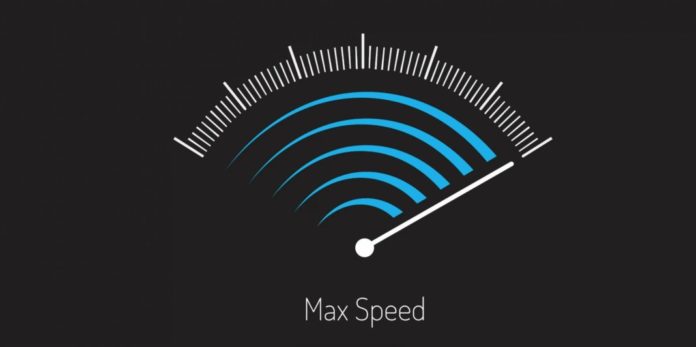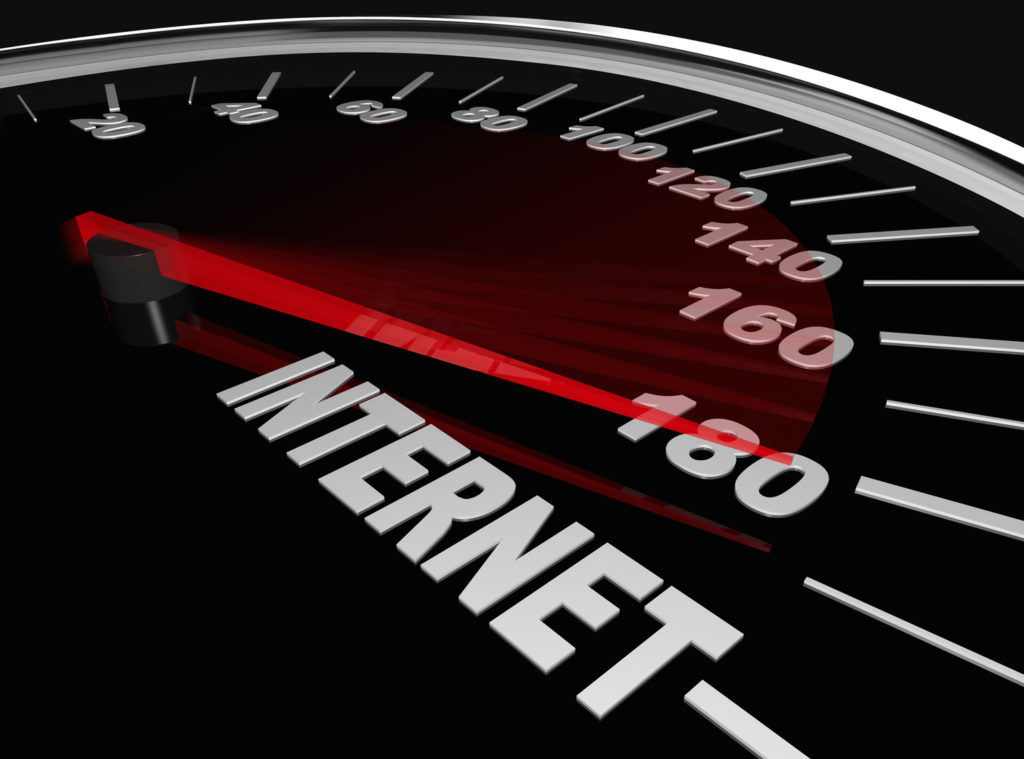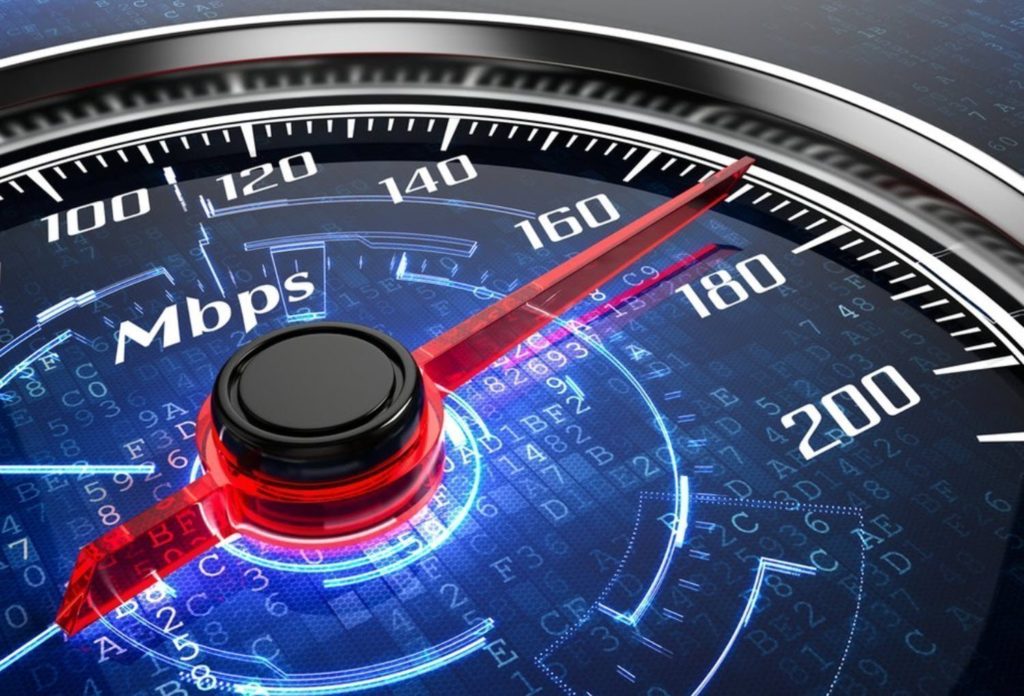
Before diving into the details of how the internet is or will be utilized for your business, you need to understand the internet technology/terminology – essentially how its system/language works – just a gist of fundamental understandings anyone should have before shopping for connection.
The risk factors and the level of responsibility increase when signing up for an internet connection for a business which will be used for multiple reasons and a number of people. So let’s start with the types of connections before moving on to other related information that must be taken into account:
Dial-up vs DSL vs Satellite vs Wireless vs Cable internet
The most frequently used and available options we have today are Satellite, Wireless and Cable Internet. Previously we had DSL and dial-up (Analog 28K to 56K) but due to technological advancements and the subsequent rise in the internet speed in general, the old technologies such as dial-up and DSL (128K to 8 Mbps) are not the preferred options any longer. Both DSL and dialup necessitate having a telephone connection too.

The widely preferred Wireless internet, more commonly referred to as Wi-Fi, is available in all metropolitan areas around the globe offering high-speed. The 3G wireless network typically supports speeds starting at 0.4 Mbps with a theoretical limit of 2 Mbps; while 4G is much faster and offers real-world download speeds up to 60 Mbps – albeit the theoretical limit for 4G is set at 300 Mbps. The arrival of 5G is highly anticipated either by the end of 2019 or at the start of 2024; the fifth-generation cellular network, yet to be floated around for mass populace, is expected to deliver peak download speed of 2.5 Gbps.
The most accessible and so far the most popular option in the US and Canada (as well as most other countries around the world) i.e. Cable Internet (CI), which utilizes TV cables, provides speeds typically ranging from 20-100 Mbps – a huge jump from the broadband network speeds supported by CI in earlier days of the technology.
Satellite Internet (512K to 2.0 Mbps) presents a viable option for regions not covered by Wi-Fi or CI however the signal travels from Earth to the satellite, and the process repeats itself, making the connection slow.
Gigabytes vs Megabytes
Mbps stands for megabits per second and must not be confused with megabytes per second (MBps) even though the two terms are interrelated – the former is used to measure download and upload internet speeds, while the latter is used to indicate file size or the amount of data transferred.
One Megabit is equivalent to one-eighth of a Megabyte. Hence about eight seconds are required on average to transmit 1 MB of data at a speed of 1 Mbps.
Gbps stands for gigabits per second and equals 1,000 Mbps.
Download vs Upload Speed
Download and upload speeds are the first things we see when we research about internet connections. This is also the one aspect providers advertise the most; you will notice the download speed offered is almost always greater than the upload speed, predominantly when it comes to residential internet connections.
Besides the difference in speeds furnished by providers, there is no difference between the two – both speeds represent the rate at which data is transferred – in case of downloading data is transferred from the internet to your device while during an upload data is transferred from your device to the internet. Since a vast number of people download more information than uploading, most providers offer higher download speeds as opposed to uploading speeds.
The cost of a connection is, largely speaking, directly proportional to how fast the connection is – commonly speaking high-speed connections are mostly utilized by businesses where a good number of people utilize the network.

How to find out the internet speed your business requires
Following the cursory overview of commonly employed internet technologies and terminologies, here are a couple of things that can assist you, as a business owner, in making the right choice vis-à-vis the type of connection you may require. Caution is all the more necessary because most providers have a 2-year binding contract with a penalty for early termination and a little thoughtfulness can save you from much trouble if you can accurately estimate your usage beforehand.
- How many people will use the internet connection in your office?
- For how many hours daily and for what purpose – you must know whether you will need a symmetrical connection or an asymmetrical one, and also if you will be better off with a connection that has no data caps.
- Whether or not the provider offers products that help secure your connection.
Concluding Thoughts:
Once you have narrowed down the potential provider(s) based on an estimate of your own requirement, don’t forget to check with their existing or previous clients in your neighborhood to learn the real-life experience of their services. Why? Because usually the advertised speed and other benefits are not the same as promised. And getting stuck with an internet connection for a business which is not reliable can bear major repercussions on the productivity and efficiency of the business. Also, do not forget to ensure the provider you pick can be trusted in terms of provision of prompt customer service – lack of responsiveness on the part of customer service can greatly affect your operations and processes given the extent to which businesses nowadays rely on connectivity.
As an endnote, if you are looking for a reliable connectivity option for your business, you will be better off seeking out something that equals the quality of options offered here.














